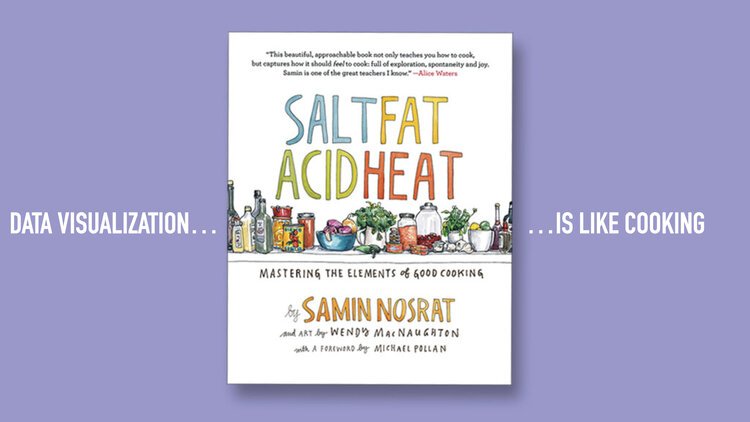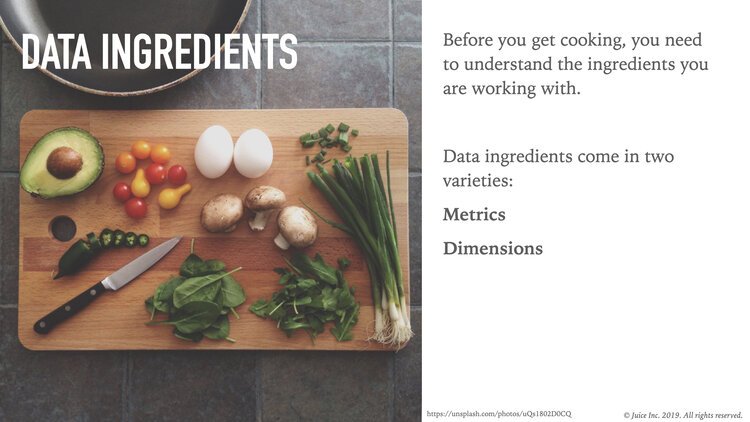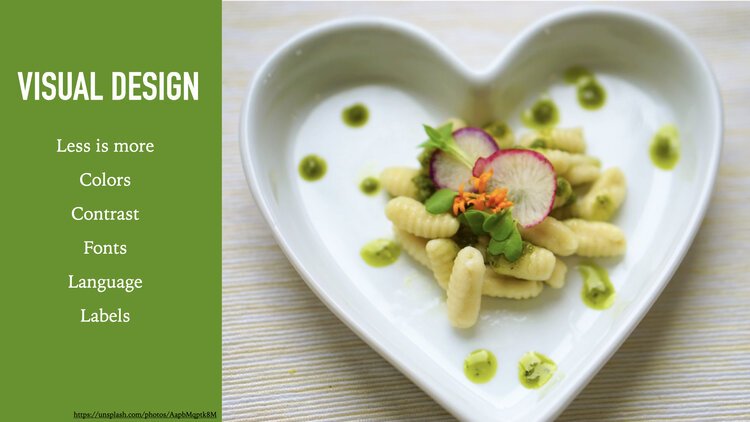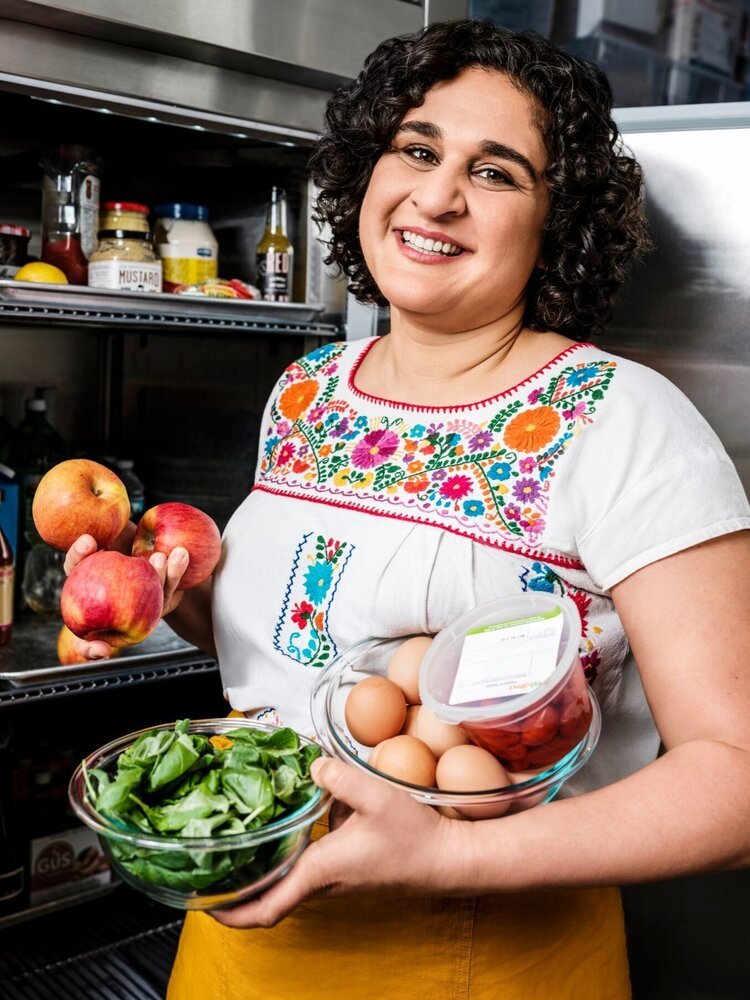Are You Cooking or Baking with Your Data?
There’s a moment in every data team’s journey where someone asks: “Why aren’t we getting more value from all this data?” The dashboards are built. The models are running. But somehow, the insights aren’t sticking.
If that sounds familiar, you try a deeper question: Are you cooking or baking with your analytics?
Cooking vs. Baking: A Data Metaphor
Cooking is creative. It’s flexible. You taste as you go. A pinch of this, a splash of that. A little improvisation won’t hurt.
Baking, on the other hand, is all about precision. You follow the recipe. You measure to the gram. Stray too far from the formula, and you’ve got a disaster instead of dessert.
This analogy maps to how organizations build and use data.
Cooking with Data: Quick, Flexible, and Reactive
“Cooking” with data means moving fast and adjusting as you go. It often happens in high-pressure environments like sales huddles, campaign launches, executive asks that come in on Friday afternoon.
It’s messy but useful. You’re slicing, dicing, visualizing, and throwing together ad hoc reports. Maybe you’re using tools like Excel, Tableau, or even ChatGPT to assemble quick insights.
Traits of a “data cooking” culture:
Analysts are constantly reacting to requests
Little standardization; lots of one-off dashboards
Context and interpretation come from conversation
Great for exploration, not so great for consistency
In the right setting, cooking is a powerful tool. It empowers teams to move quickly, test hypotheses, and get directional answers fast.
But when decision-making or accountability is on the line, this approach can create problems:
Conflicting numbers in different reports
Lack of version control
Decision-makers unsure which insight to trust
🔗 Want to see how we help teams add structure to their ad hoc data chaos? Check out our process
Baking with Data: Standardized, Scalable, Reliable
“Baking” with data means you’ve taken time to define processes, build scalable models, and create reliable outputs. Dashboards are templatized. Metrics are governed. There’s a clear recipe, and everyone’s using it.
This is what we often refer to as productizing analytics—moving from hand-crafted reports to well-designed, repeatable data products.
Traits of a “data baking” culture:
Standard definitions and consistent metrics
Repeatable processes for data ingestion and visualization
Data products are maintained, monitored, and iterated
Designed to serve many users, not just one decision
This approach shines when consistency, trust, and scalability are essential. Think: customer-facing analytics, investor reports, or internal KPIs that drive bonuses.
But baking can also be slow and rigid. When a new question comes up, your existing dashboards might not answer it—and your data team may not have the agility to pivot.
So, Which One Is Better?
Here’s the twist: you need both.
When exploring a new customer behavior trend? Cook.
When launching a new product with stakeholder visibility? Bake.
When prototyping a client-facing dashboard? Cook first, then bake.
The key is knowing which mode you’re in and having the right tools, people, and expectations for each.
Why This Matters in 2026
The data landscape has changed dramatically in recent years. Thanks to automation, AI tooling, and cloud-native platforms, the line between cooking and baking is getting blurrier, but more strategic.
Generative AI tools now support faster ad hoc exploration, making cooking even more powerful.
Low-code platforms enable data teams to bake repeatable insights with less engineering lift.
Data storytelling platforms (like our own Juicebox) help bring structure and clarity to both modes.
But the real shift is cultural. Organizations are realizing that analytics isn’t a one-size-fits-all solution. It’s a portfolio of tools and mindsets and success depends on using the right one at the right time.
How to Balance Both in Your Organization
If you’re a data leader, product manager, or analyst, here’s how to bring the best of both worlds into your workflow:
1. Define the Recipe… But Allow for Tasting
Even in “baking mode,” leave room for feedback loops. Build dashboards that support exploration—let users drill down, customize, or export data for their own “cooking” needs.
2. Treat Ad Hoc Work as Prototypes
That quick analysis for the marketing team? It might be the first version of a new productized insight. Don’t throw it away—refine it, standardize it, and bake it in.
3. Build Data Storytelling into Every Dish
Whether you’re cooking or baking, you need to explain the why. Use narrative, context, and clean visuals to make your data understandable and actionable.
Want a practical example? See how we use data storytelling in sales presentations
4. Choose Tools That Support Both Styles
Make sure your data stack supports flexible exploration and structured delivery. That might mean pairing a BI tool with a data product platform—or adopting tools that can do both.
Final Thought: You’re Not a Chef. You’re a Data Host.
Whether you’re cooking or baking with your analytics, the real goal is to serve something valuable. Something your audience understands, enjoys, and can act on.
Cooking is great for creativity. Baking is great for reliability. The best data professionals know when to do each—and how to move gracefully between the two.
At Juice, we help teams transform one-off insights into scalable, delightful data experiences. If you’re ready to bake smarter, or cook with more impact, let’s talk.





